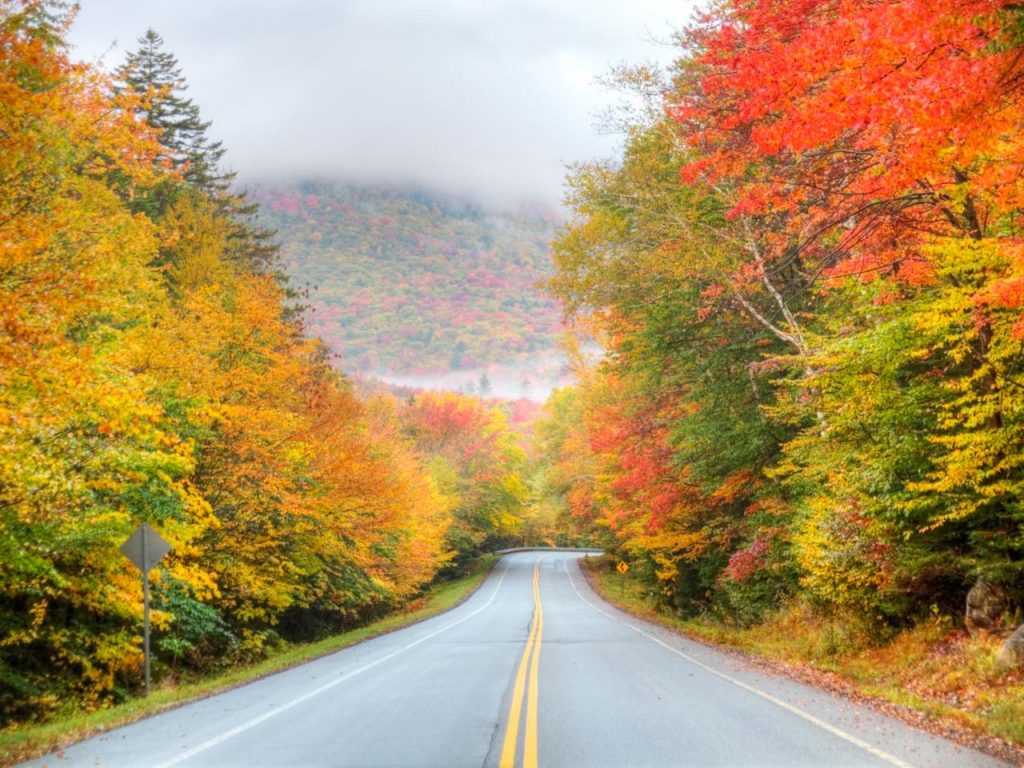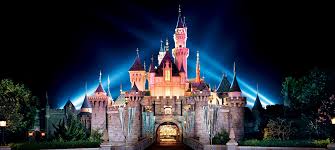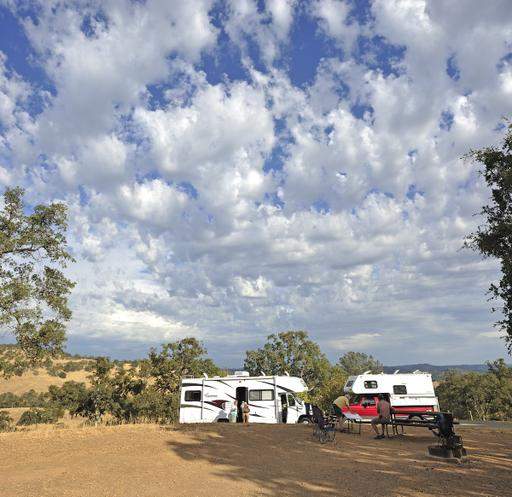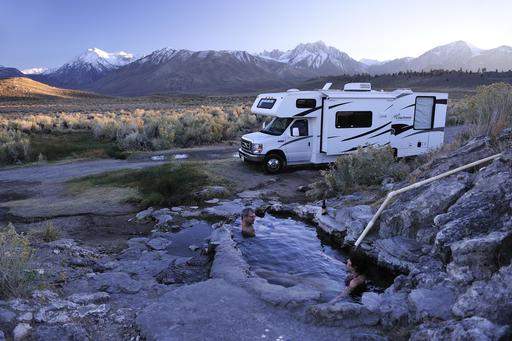Fall is my favorite time of year. Don’t get me wrong, I love every season for its own uniqueness, but there’s just something about the fall. The temperature allows for outdoor activities like biking without getting overheated, fire bans are lifted, everyone gets together for dinner parties, and the colors of the changing leaves… oh, the colors!
So you’ve decided that you want to set out and take a road trip. It’s harvest time, wine tours are at their peak, as is the fall foliage. But no matter where you are, or where you go, the way to cover the most ground—and take in the biggest eyeful of color—is behind the wheel. So the ultimate question is: where to go? Take a look at our top 5 spots across the country that can’t be missed!
Route 112, New Hampshire
The ‘Kanc’ (Kancamagus Highway) is always worth a drive. Taking route 112 west is a special treat. Be sure to keep an eye out for fun off-shoot roads that can provide stunning views and fun side adventures.
Best time to go: mid-September with peak times the first two weeks of October.
Skyline Drive, Virginia
It’s easy to fall in love with the Blue Ridge Mountains. Especially with its 105-mile-long Skyline Drive in Shenandoah National Park. A special mention has to be made for route 211, around its 32-mile marker, there are plenty of overlooks to snap photos. And don’t forget to stop at the host of vineyards for some wine tasting.
Best time to go: 2nd to 3rd week in October.
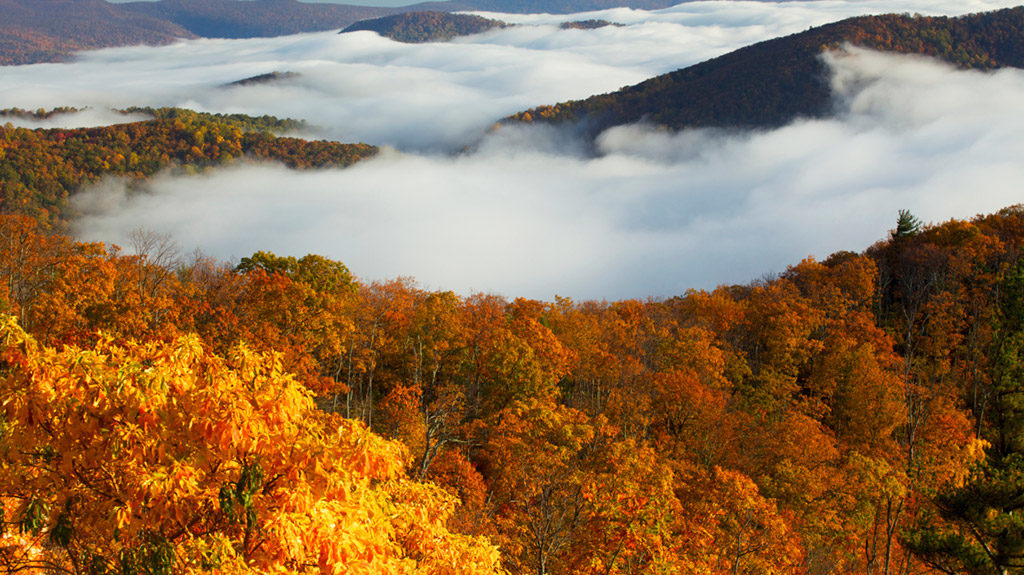
Aspen, Colorado
When searching for the perfect fall foliage drive, how can you go wrong when the world-famous town is named after an extraordinary tree. Aspen leaves turn a rich yellow hue in the fall making a picture-perfect contrast with the evergreens and gorgeous mountain peaks.
Best time to go: mid-September to the first week of October.
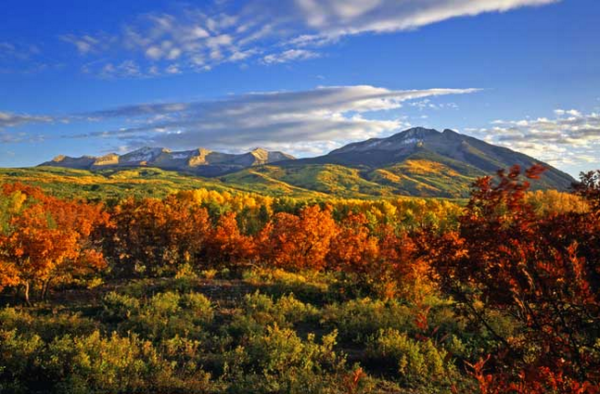
Great Smoky Mountains, North Carolina and Tennessee
Great Smoky Mountains National Park is one of the most visited national parks in the US with 800 miles of roads and hiking trails. There are more than 100 species of native trees, including maples, scarlet oaks, hickories, and sweet gums providing a jaw-dropping display of fall foliage in golds, oranges, crimsons, and purples.
Best time to go: early October through early November.
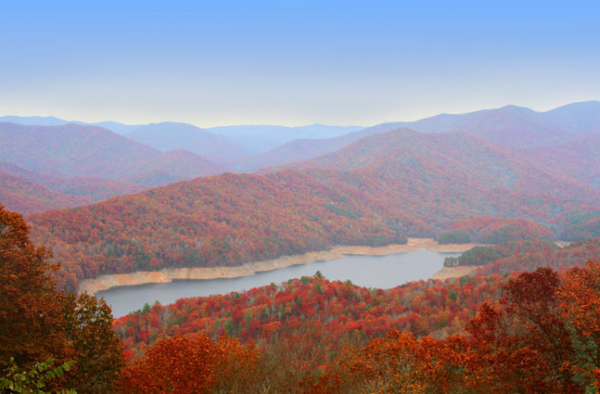
Upper Peninsula, Michigan
With nearly 4 million acres, Michigan’s state forest system is the largest in the eastern U.S. The U.P. offers more than twenty forested state parks, all with a variety of ash, aspen, beech, birch, maple, oak sycamore, tamarack and many more. Not to mention the state is sandwiched between three of the Great Lakes providing the perfect mirror to the rich fall colors.
Best time to go: mid-September to mid-October, with the peak happening in October.


